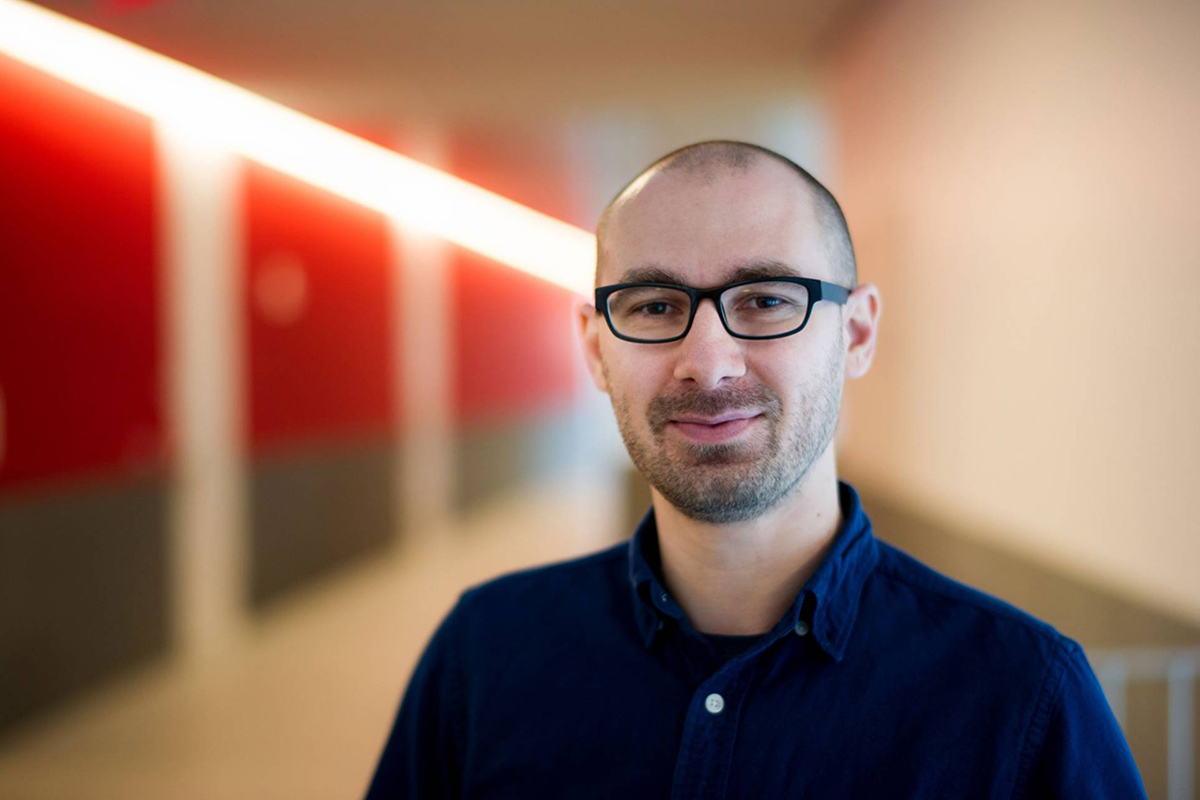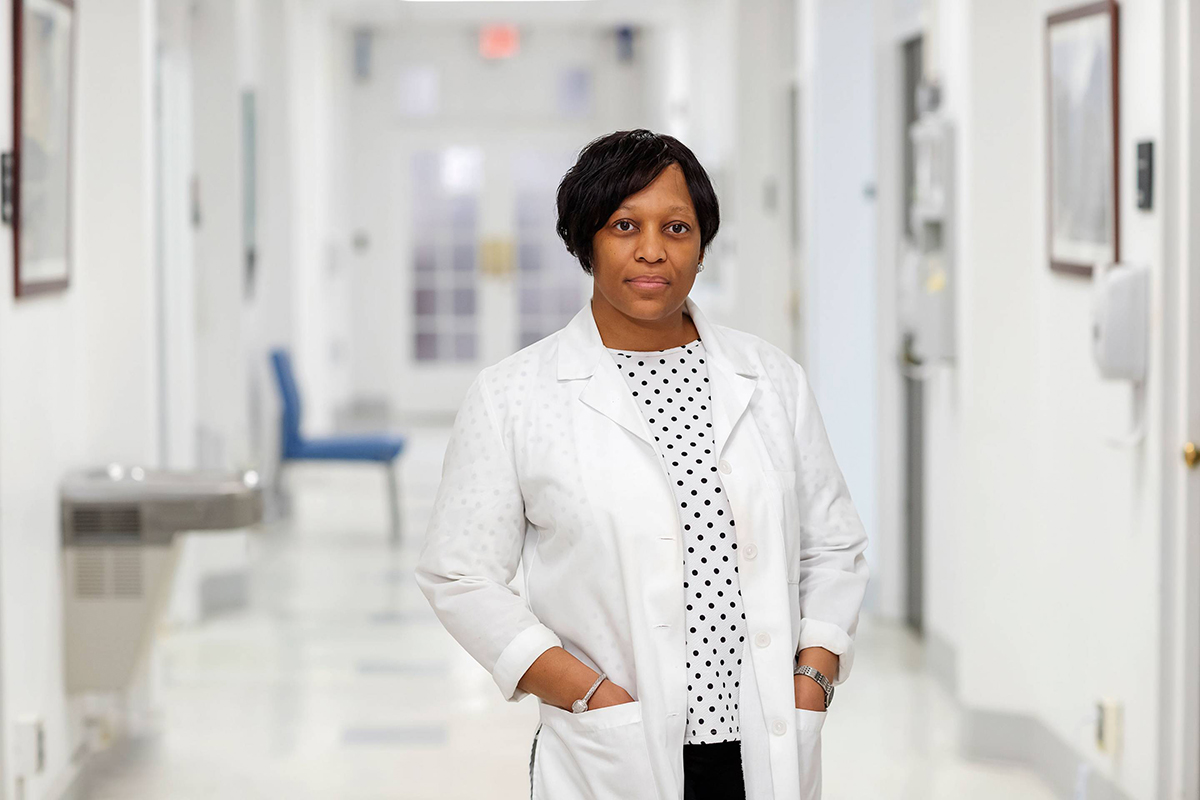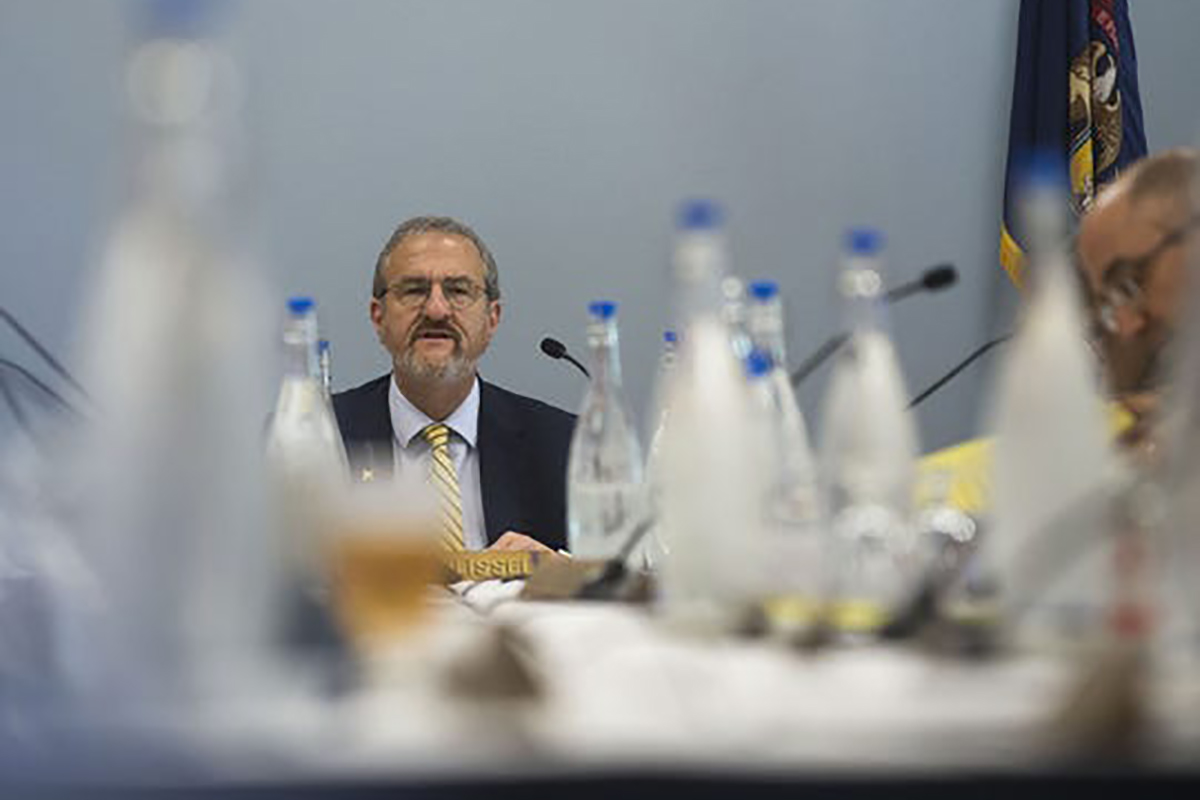
Liza Hartofilis ’04, chief emergency medicine resident at NewYork-Presbyterian Hospital, goes to work every day worried for herself as much as her patients, given the shortage in personal protective equipment. In fact, she sent her husband and their children out of Manhattan to keep from infecting them should she contract COVID-19 herself, and doesn’t know when she’ll see them again.
Her story was featured on the April 28 episode of HBO’s “Real Sports with Bryant Gumbel.” Cascade Lacrosse, a leading equipment manufacturer, began producing face shields to protect health care workers during the pandemic — some of which were delivered to Hartofilis, a former lacrosse player, and her medical colleagues.
Watch a clip from the episode here.




